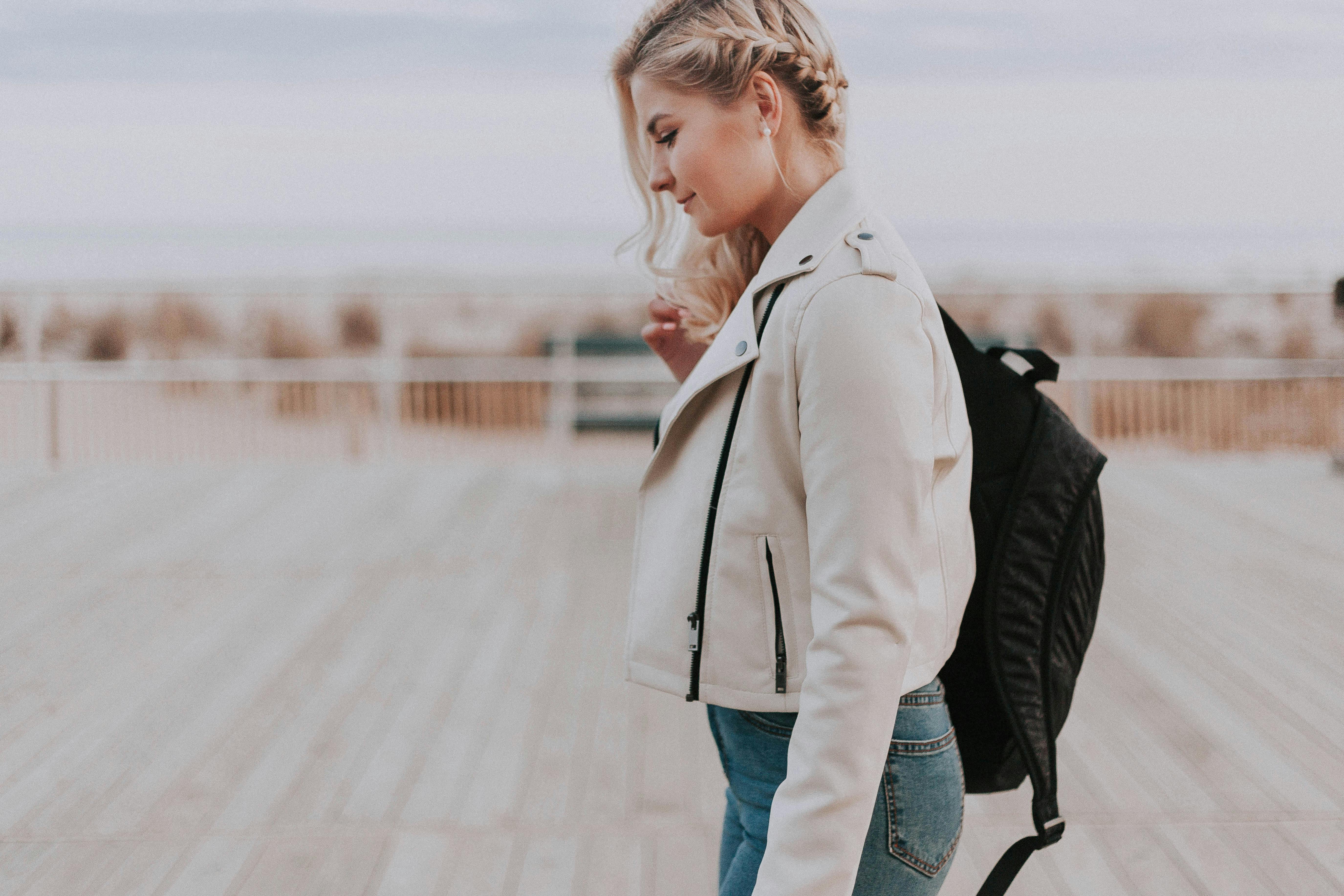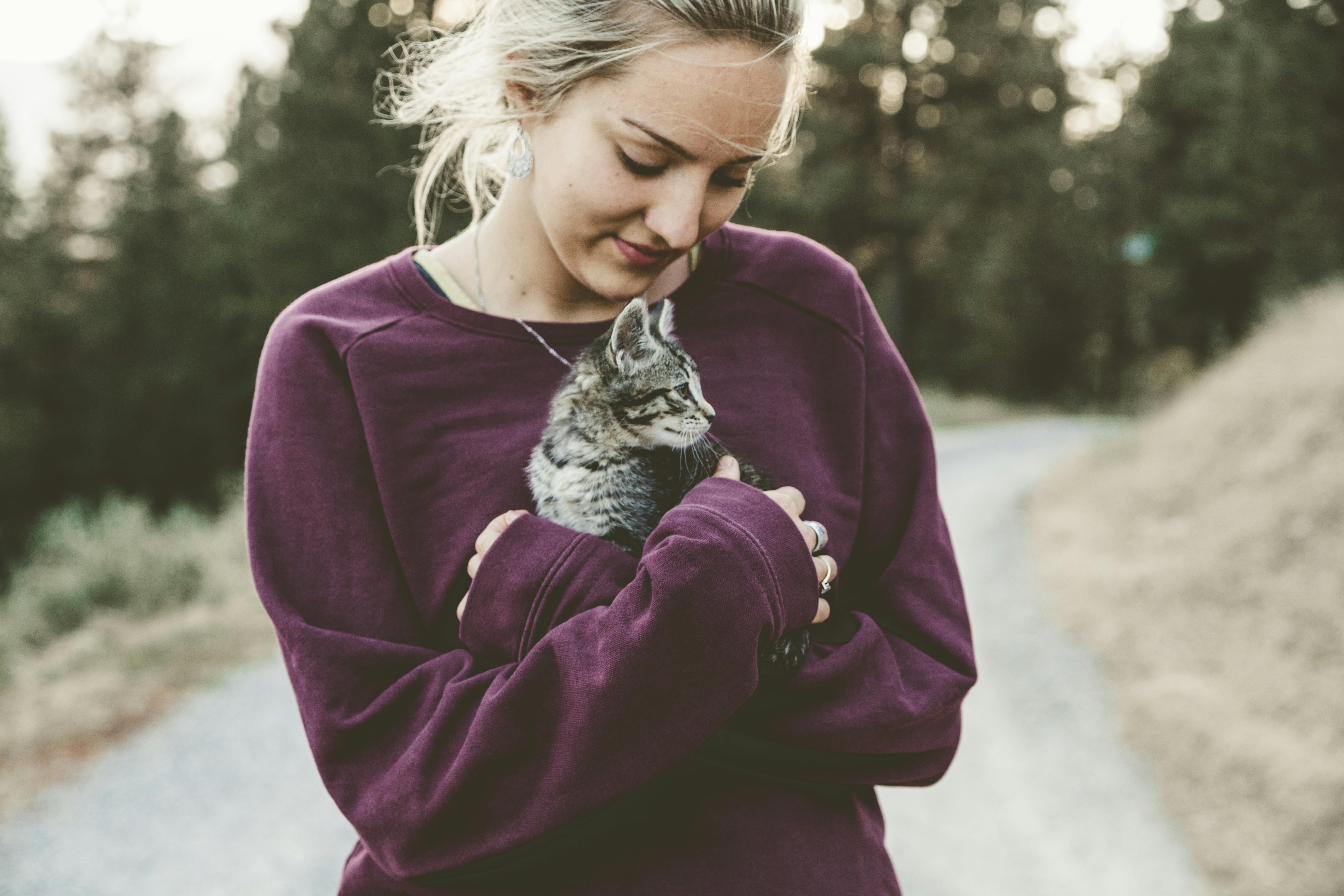What To Wear For Snow Tubing

Snow tubing is a great winter activity that can be enjoyed by people of all ages. It’s an exciting way to get out and enjoy the snow while getting some exercise as well. However, it is important to make sure you are dressed appropriately for the cold weather and the activity itself. In this article, we will discuss what to wear for snow tubing so you can stay warm and enjoy your time outdoors.For snow tubing, it is important to dress warmly and in layers. Wear a base layer of a synthetic material such as moisture-wicking polyester to help keep you warm and dry. Layer on top of this with an insulating mid-layer such as a fleece or wool sweater, followed by an outer layer such as a waterproof jacket or ski bibs. Wear waterproof snow pants over your other layers and a hat, gloves, and scarf to keep your head and hands warm. Make sure you are wearing waterproof boots with good tread to provide traction on the snowy surface.
Clothing Essentials for Snow Tubing
Snow tubing is a thrilling activity that’s a great way to get outdoors and have some fun. But before you head out, it’s important to make sure you’re dressed appropriately in order to stay warm and comfortable. Here are some clothing essentials to consider for a day of snow tubing:
First and foremost, you’ll need a good pair of waterproof boots. Make sure they fit snugly around your feet and ankles so you don’t lose any heat through poorly insulated footwear. You may also want to wear thick wool socks as an added layer of insulation.
A warm winter coat is also essential when snow tubing in cold temperatures. Look for one that has plenty of insulation and is designed to be waterproof. Also, consider bringing along an extra layer such as a fleece or down vest that can be easily removed if the temperature rises while you’re out on the slopes.
In addition, gloves are essential for keeping your hands warm while snow tubing. Look for gloves that are waterproof and insulated with thick padding on the palms. You may also want to consider investing in some chemical handwarmers which can be placed in your gloves before putting them on.
Finally, don’t forget about accessories such as a hat, scarf, and neck gaiter which can help trap body heat around your head and neck area. These items can also help keep the wind off your face so you don’t have to worry about being too cold while out on the slopes.
By following these tips, you’ll be able to stay warm and comfortable while enjoying some fun-filled days of snow tubing!
Protect Your Extremities
When you’re out in cold weather, your extremities are the first parts of your body to feel the effects of the chill. In order to keep your feet, hands, and head warm and protected from the elements, it’s important to make sure that you’re properly dressed. Begin with a base layer of clothing that keeps your core warm while still allowing moisture to escape. On top of this base layer, add several more layers that will help to trap in body heat while still allowing air circulation. Make sure that you have a hat or hood that will protect your head and ears from the wind and cold. Finally, wear a pair of insulated boots or shoes as well as gloves to keep your feet and hands warm and dry.
By following these steps, you can ensure that your extremities remain safe from frostbite and other cold weather-related illnesses. Wearing multiple layers of clothing is one of the most effective ways to stay warm in cold temperatures. The key is to make sure that each layer allows for air circulation while still providing insulation against the cold. A hat or hood can also be very effective at keeping your head and ears protected from wind chill. Finally, insulated boots and gloves are essential for keeping your feet and hands warm even when exposed to extreme temperatures.
By taking these steps, you can make sure that you stay comfortable and safe while enjoying outdoor activities in cold weather. With proper protection for your extremities, you can enjoy outdoor activities such as skiing, snowshoeing, snowboarding, hiking, or camping without worry about developing frostbite or other cold-weather related illnesses.
Choose the Right Shoes
Choosing the right shoes for your daily activities is essential for your feet’s health and comfort. The right shoes can give you the support you need, help prevent foot fatigue, and reduce the risk of injury. There are a few things to consider when selecting a good pair of shoes.
First, think about what activities you do most often. Are you running or walking for exercise? Do you need shoes for work or school? Do you play sports? Depending on your lifestyle, you may need different types of shoes. For example, running shoes are designed to provide cushioning and stability during a run while soccer cleats offer extra traction on the field.
Next, consider the fit of the shoe. It should be snug but not too tight – it should feel comfortable when wearing it with socks or other hosiery. Make sure there’s enough room in the toe box so your toes don’t feel cramped. Also check that there is no slipping or rubbing at the heel or other areas that may cause blisters or discomfort.
Finally, consider quality and price when selecting a pair of shoes. It’s important to invest in a good quality shoe as they will last longer and provide better support than cheaper options. However, don’t break the bank either – find something that fits within your budget but still provides good quality materials and construction.
By following these tips, you can choose the right pair of shoes for whatever activity life throws at you! With the proper fit and support from high-quality materials, your feet will thank you now and in the long run!
Layering is Key
When it comes to creating an effective wardrobe, layering is key. Layering clothing allows you to create a look that is both fashionable and functional. By combining different pieces in different ways, you can make an outfit that is warm and cozy in the winter, and cool and light in the summer. Layering also helps you create a look that can be dressed up or down depending on the occasion.
The first layer should always be comfortable and breathable. This will help keep your skin dry and temperature regulated. Look for lightweight fabrics like cotton or linen, or even lightweight wool if it gets really cold. The second layer should provide some insulation from the cold. Fleece or wool are great options for keeping your body warm while still being breathable enough to avoid feeling too stuffy or sweaty.
The third layer should be water-resistant, helping to protect against rain and snow. A lightweight jacket or poncho will work well here. Finally, add a fourth layer for extra warmth when necessary. A heavy coat or parka will help keep you warm in the winter months, but try to avoid anything too bulky so you can still move around comfortably.
By layering your clothing properly, you’ll be able to create an outfit that’s both fashionable and functional throughout the year. Keep these tips in mind when putting together your wardrobe and you’ll be sure to stay comfortable while looking great!

Don’t Forget Your Helmet
Wearing a helmet while biking is one of the most important safety precautions you can take. It’s also one of the easiest to forget. Whether you’re a casual biker or a serious cyclist, don’t forget to include a helmet in your biking routine. It is essential for protecting your head and brain from potential injuries.
A good bike helmet should fit snugly on your head and cover most of your forehead. Make sure it is securely fastened and that the straps are not too tight or too loose. Choose a helmet that meets or exceeds safety standards set by the Consumer Product Safety Commission (CPSC). Always replace your helmet after any crash, even if you cannot see any damage.
When selecting a bike helmet, look for one that has plenty of ventilation to keep your head cool while riding. You will also want to consider the type of biking you will be doing when choosing a helmet; there are helmets specifically designed for road biking, mountain biking, and other activities.
Finally, remember that wearing a bike helmet is not optional — it’s the law in many places. So don’t forget your helmet next time you hit the roads or trails — it could save your life!
Protective Goggles and Other Accessories
Protective goggles are an important part of safety equipment for any type of lab or industrial environment. Goggles provide protection from dust, chemicals, and other hazardous materials that could cause eye injury or blindness. They also help to keep debris from entering the eyes and face, which can be a major hazard in some situations. Goggles come in many styles and sizes, so it is important to choose the right type for the job. In addition to goggles, there are other accessories that can be used for additional protection.
Face shields are another type of protective accessory that is often worn in labs and factories. Face shields provide an extra layer of protection against splashes or particles that could cause eye injury or irritation. They also help protect the face from extreme temperatures or hazardous materials. Face shields come in many different styles and sizes, so it is important to choose one that fits properly and provides adequate coverage for the job at hand.
Gloves are also an important part of any safety gear collection. Gloves provide protection from cuts, scrapes, burns, and other injuries that can occur in an industrial environment. Different types of gloves should be chosen based on the task at hand; latex gloves for chemical exposure, rubber gloves for heat resistance, cotton gloves for general use, etc.
Earplugs or earmuffs can also be used to protect hearing when working around loud machinery or equipment. They should be worn when operating power tools or working with loud machinery to prevent long-term hearing damage that could occur otherwise.
Finally, respirators can be used when working around hazardous materials such as chemicals or airborne particles like asbestos fibers. Respirators can filter out these particles before they enter the lungs and cause respiratory problems such as asthma attacks or lung damage. Respirators should always be used when handling hazardous materials to ensure worker safety and health.
Consider the Weather Conditions
When planning any outdoor activity, it is important to consider the weather conditions. It is essential to take into account the current and expected temperature, precipitation, wind speed and humidity levels in order to ensure that everyone is safe and comfortable. A good way of doing this is by checking the local weather forecast before heading out. This will provide an accurate and up-to-date assessment of what conditions can be expected.
It is also important to remember the seasonal variations in weather when planning an outdoor activity, as temperatures, wind speeds and rain may change significantly from one season to another. Knowing what type of clothing and equipment will be necessary in order to stay safe and comfortable is essential for a successful outing.
Finally, it is important to consider extreme weather conditions when planning an outdoor activity. Severe storms or high winds can cause significant damage and put people at risk, so it is essential to check the local forecast for any warnings before venturing out. By considering the weather conditions in advance, you can ensure that your outing will be a success.

Conclusion
Snow tubing is a fun winter activity that can be enjoyed by people of all ages. It is important to dress appropriately for the activity, as you will be exposed to the cold weather and potentially wet conditions. Layering is key when dressing for snow tubing, as it allows you to regulate your body temperature while keeping you safe from the elements. Choose clothing that will keep you warm and dry, and make sure it fits comfortably so that you can move freely and enjoy your time in the snow. Make sure to also wear protective gear like a helmet and gloves, as well as items like sunglasses or goggles if needed. With the right clothing, you can stay safe and have a great time snow tubing!
